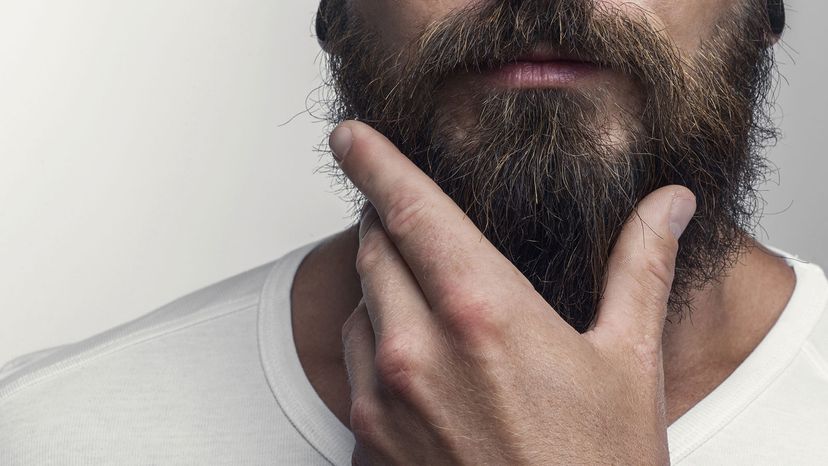\”

"Do you suppose that your beard creates brains and therefore you grow that fly-flapper? Take my advice and shave it off at once; for that beard is a creator of lice and not of brains." So wrote Ammianus Marcellinus, an historian and soldier from the days of the Roman Empire. His take on long facial hair was meant to be amusing, but it was also instructive – beards can and do attract lice.
Whether you\’re a hairy hipster or just a guy that hates to shave, you may already be familiar with lice, that ever-present, itchy threat that sweeps through schools and homes every year. They\’re most commonly head lice (Pediculus humanus capitis), which skitter around on the human scalp sucking blood and laying eggs.
As it turns out, though, head lice don\’t live in beards because facial hair is too coarse and too widely spaced to make a suitable home. But the crab louse (Pthirus pubis) — pubic lice — is more than happy to make a cozy home in your goatee, mutton chops or neck beard, particularly if the hair is curly. These blood suckers are so persistent that they can live even in eyebrows, chest hair, armpits and eyelashes, too. However, finding lice in facial hair is rare.
Popularly known as "crabs," pubic lice are rarely a laughing matter for the affected. The tiny (less than 2 millimeters) insects have rounded bodies and relatively large claws that allow them to latch onto their human hosts, of which there are about 3 million per year in the United States. They typically spread through physical contact, from sex to breastfeeding, but sharing towels or bedsheets can also be a means of transmission. Once those lice are established in a forest of hair, they\’re often hard to evict.
Lice love to lay their eggs in warm locations where they have easy access to food (blood), and quite often, people don\’t realize they\’re affected until they develop severe itching or eczema, in part due to an allergic reaction that develops to lice bites over time.
Getting Lice Out of Your Beard
To rid your beard of these tiny horrors, start with a fine-toothed comb to methodically remove the lice and their nits (eggs). Over-the-counter medicines, lotions, and shampoos containing 1 percent permethrin, or pyrethrins and piperonyl butoxide, are often effective in staving off the pests.
But sometimes these chemicals can be very hard on your face. Dawn Mucci, the founder of LiceSquad.com, cautions against using them near mucous membranes like your lips and eyes (especially the eyes) because they can do more harm than good. For beards, Mucci says, "You can use a lice comb to remove the eggs or simply shave the beard." Alternately, she suggests natural options like enzyme shampoos, minerals conditioners, or oil soaks, many of which are effective without the pesticides found in some commercial products.
Now That\’s Interesting
Each year, No-Shave November finds many men abandoning their normal shaving routine for a scruffier look. The idea is to draw attention to men\’s health issues – in particular cancer, because treatments often cause the loss of hair – and to encourage people to donate money that they\’d often spend on grooming products to cancer research. And in spite of what your wild-eyed gold miner friends might say, it\’s not against the rules to groom during your month of shaving abstinence.















